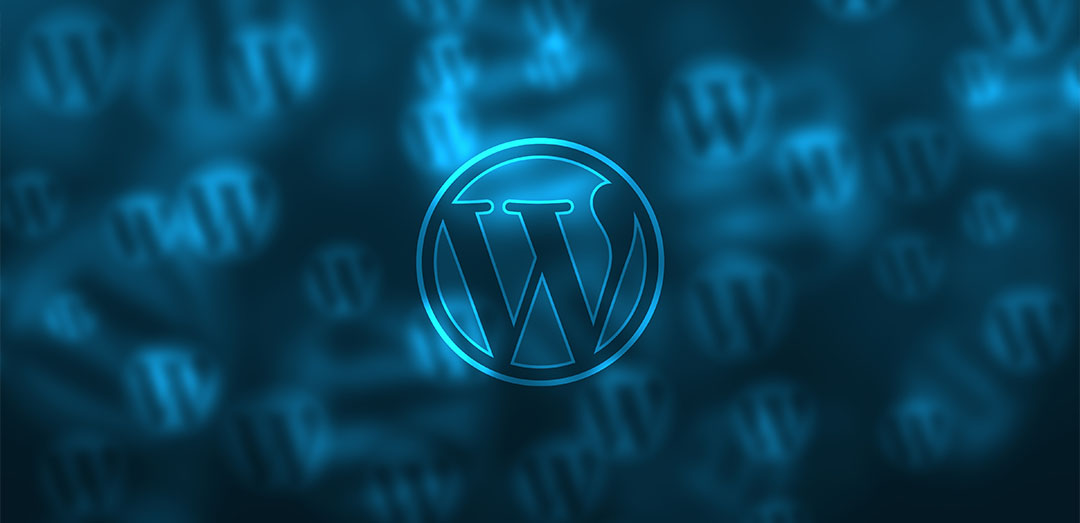In the ever-evolving landscape of web development, choosing between a static and a dynamic website is a decision that can significantly impact your online presence. Each approach comes with its own set of advantages and limitations, and the decision ultimately depends on your specific needs and goals. In this article, we’ll explore the key differences between static and dynamic websites, with a focus on the dynamic system, particularly custom WordPress.
Static Websites: Simplicity and Speed
Static websites consist of HTML, CSS, and JavaScript files that are pre-built and served as-is to the user. They are simple, fast, and easy to deploy, making them an attractive option for small businesses and personal portfolios. Since there’s no server-side processing involved, static sites load quickly, providing a seamless user experience.
Advantages of Static Websites:
1 Speed:
Static sites are faster to load, enhancing user experience and SEO performance.
2 Security:
With no database or server-side scripting, the attack surface is reduced, making static sites inherently more secure.
3 Scalability:
Handling high traffic volumes is easier as there’s no server-side processing bottleneck.
Limitations of Static Websites:
1 Limited Interactivity:
Static sites are less interactive since they can’t process user input or display real-time data.
2 Maintenance Challenges:
Large static sites might become challenging to maintain due to manual updates and changes.
Dynamic Websites: Power and Flexibility
Dynamic websites, on the other hand, utilize server-side processing and a database to generate content on-the-fly. This approach allows for greater interactivity, personalized user experiences, and the ability to manage extensive content effortlessly. Custom WordPress, a popular dynamic system, exemplifies these principles.
Advantages of Dynamic Websites (Custom WordPress):
1 Content Management:
WordPress offers a user-friendly interface for managing and updating content without advanced technical skills.
2 Scalability:
Dynamic sites can easily scale as your business grows, handling more complex functionalities.
3 Rich Features:
With plugins and themes, you can add a plethora of features and design options to your site.
Limitations of Dynamic Websites:
1 Complexity:
Setting up and customizing a dynamic site may require more technical expertise and time.
2 Performance:
Dynamic sites can be slower due to server-side processing, impacting load times, although this a fast becoming a thing of the past with the current internet speeds offered by ISP’s.
Choosing the Right Approach for You
When to Choose a Static Website:
1 Simplicity is Key:
If your website’s primary purpose is to present information without the need for frequent updates or complex functionalities, a static site might be the ideal choice.
2 Fast Load Times Matter:
If speed is crucial for your audience, such as in e-commerce or portfolio sites, a static website can deliver a faster user experience.
When to Choose a Dynamic Website (Custom WordPress):
1 Frequent Updates:
If you anticipate regular content updates, dynamic websites like Custom WordPress provide a streamlined content management system that you will be able to update yourself.
2 Interactivity is Essential:
For sites requiring user engagement, comments, and personalized experiences, the dynamic capabilities of WordPress can be invaluable
In conclusion, the choice between a static and dynamic website depends on your specific requirements and priorities. A static website offers simplicity and speed, while a dynamic website, especially with Custom WordPress, provides power and flexibility. Consider your content, technical expertise, and long-term goals to make an informed decision that aligns with your online objectives.





